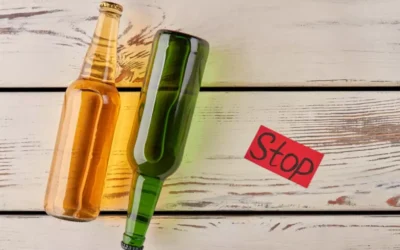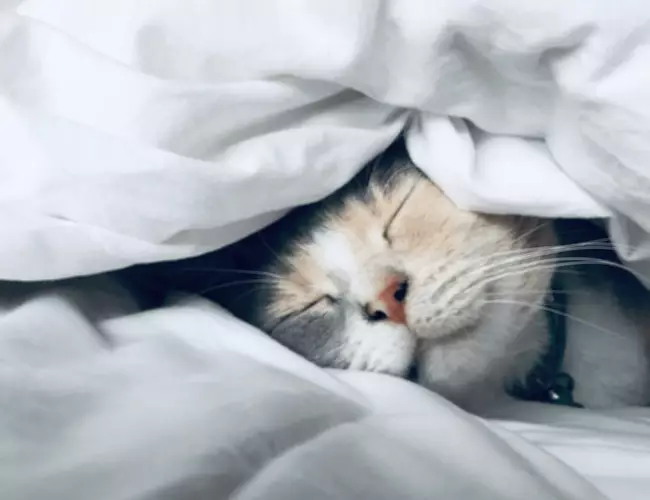Children’s Health offers one of the most comprehensive specialty programs available for children and teens who need psychiatry and psychological services. We’re recognized experts on treating eating disorders, depression and other mood disorders. Positive peer pressure can foster sense of belonging, self-confidence and a solidified sense of self. For example, you might see what kids in your class are wearing, like it, and wear something like that, too. It’s almost expected that you will experience peer pressure frequently throughout your teen years. Using brain scans, the team is looking at how teens’ brains respond to being socially included or excluded.
How Peer Pressure Affects All Ages
Another investigation, completed in 2011, looked at the effect of peer pressure surrounding sexual activities in the youth surrounding US born Mexicans and Mexico born Mexicans. We tend to hear more about the potentially negative effects of peer pressure. For instance, two friends might put positive pressure on each other to go to the gym together and stay accountable for their fitness goals.
What Is Peer Pressure? How Does It Influence You?
Discussion and negotiation are inefficient and impractical in a group; individual members are expected to conform, taking cues from leaders. Those who differ pose a threat to unity, both because the process of building consensus is cumbersome and because deliberation increases the potential for discord (Kindermann & Gest, 2018). For some, dissimilarity sparks conflict with group members demanding conformity. For others, dissimilarity prompts marginalization, as group members shy away from those whose position is tenuous.
- As children acquire a more nuanced appreciation of interpersonal distinctions and an increasingly egalitarian view of relationships, they aspire to reciprocity and equal power in interactions with others (Youniss & Smollar, 1987).
- Your social circle has a profound impact on your behavior and decision-making.
- Oxytocin neurotransmission has been implicated in a variety of social behaviors, including facilitation of social bonding and recognition and memory for positive social stimuli (Insel & Fernald, 2004).
- So far, scholars have not had much success in measuring influence to maintain or resist behaviors.
- Figure 1 specifies the components of interpersonal and intragroup compatibility and describes how compatibility contributes to the success of friendships and peer affiliate groups.
Defining and Operationalizing Peer Influence

It may end up pressuring your child to do something that they don’t want to do, even if it seems healthy on the surface. Asking a teenager to engage in behavior that goes against his or her moral code or family values is a type of negative pressure. Adolescents see these acts in other young people and are faced with the difficult decision of choosing sides, following the negative leader, and turning away from behavior that goes against their ethical principles.
When they try to get you to act a certain way, or try to get you to do something, it’s called peer pressure. Professional guidance helps in developing personalized coping mechanisms to deal with peer pressure. Therapists can offer tools and techniques that align with your recovery journey, ensuring you stay focused on your goals.

Deviant peers signal their autonomy by displaying behaviors reserved for adults and by acting in ways that are contrary to adult authority. Fearing a loss of prestige, high‐status individuals https://ecosoberhouse.com/ respond by mimicking behaviors that signal maturity. Conflict with parents erupts over efforts to escape oversight and adapt to peer expectations (Dijkstra et al., 2015).

Losing friends can be devastating, particularly for those who do not make friends easily (Bukowski et al., 2010). The risks are greatest during school transitions, which are peak periods for friendship loss and friendlessness (Felmlee et al., 2018). Compared with children, young adolescents have more freedom over where they which of the following is a type of indirect peer pressure? go and what they do. They exercise that freedom by expanding the scope and frequency of activities with friends, in person, and online. In this sense, adolescents assume many of the trappings of adulthood. Parents can help guide their kids toward more positive social experiences, too (see the Wise Choices box for tips).
Peer Pressure: Why We Feel It, How to Overcome it, and Can It Be Positive?
- Once identified, you can actively start to address these influences.
- “People care about what others think across all different age groups—and that influences how much they value different ideas and behaviors,” says Dr. Emily Falk at the University of Pennsylvania.
- The adolescent is dumped into a society of peers” (Coleman, 1961, p. 4).
- Neutral peer pressure describes pressures to conform that are not harmful to others.
- While the term “peer pressure” might conjure images of direct, forceful encouragement to partake in unhealthy behaviors, it’s crucial to recognize that it comes in more subtle forms as well.
- Consider yourself a leader, and know that you have the potential to make a difference.
Risks of Peer Pressure
A different kind of peer pressure identified between mentors and students – Phys.org
A different kind of peer pressure identified between mentors and students.
Posted: Fri, 24 Nov 2023 08:00:00 GMT [source]